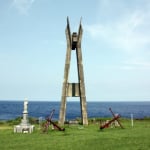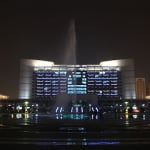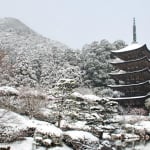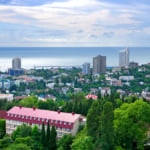Name: Toki no Kane
Address: 15-7 Saiwaicho, Kawagoe City, Saitama Prefecture
Official site: http://www.koedo.or.jp/miru-asobu/99/

10 Must-See Tourist Spots in the Warehouse District of Kawagoe – Enjoy the Elegant Little Edo
Located in the southwestern part of Saitama Prefecture, Kawagoe flourished during the Edo period as a castle town of the Kawagoe Domain. Today, it’s a renowned tourist destination filled with historical landmarks and vibrant festivals. The city is also affectionately called “Little Edo Kawagoe” thanks to the preservation of many historical structures that escaped both war and the Great Kanto Earthquake. Easily accessible from Tokyo in under an hour by train, Kawagoe is the perfect spot for a day trip. Here are 10 must-visit attractions in Kawagoe.
table of contents
[x] close
10 Must-See Tourist Spots in the Warehouse District of Kawagoe – Enjoy the Elegant Little Edo
- 1. Toki no Kane (Bell of Time)
- 2. Kawagoe Hikawa Shrine
- 3. Kawagoe Ichibangai (Main Street)
- 4. Kita-in Temple
- 5. Kashiya Yokocho (Candy Alley)
- 6. Kawagoe Festival
- 7. Taisho Roman Yume-dori (Taisho Romantic Dream Street)
- 8. Koedo Kawagoe Spring Festival
- 9. Kawagoe Castle Honmaru Goten
- 10. Koedo Kawagoe Fireworks Festival
- Summary
1. Toki no Kane (Bell of Time)

Standing out in the center of Kawagoe’s sightseeing district is the iconic “Toki no Kane.” This bell tower has been telling time since the days of the castle town. It is the symbol of Kawagoe and designated as a Tangible Cultural Property of Kawagoe City.
First built about 400 years ago by Tadakatsu Sakai, then lord of Kawagoe, the tower has been rebuilt several times due to fires. The current structure was reconstructed after the great Kawagoe fire in 1893.
Made of wood in a three-story structure, it stands 16 meters tall. Now operated mechanically, it chimes four times a day—6 AM, noon, 3 PM, and 6 PM—and was selected as one of the “100 Soundscapes of Japan” in 199
2. Kawagoe Hikawa Shrine
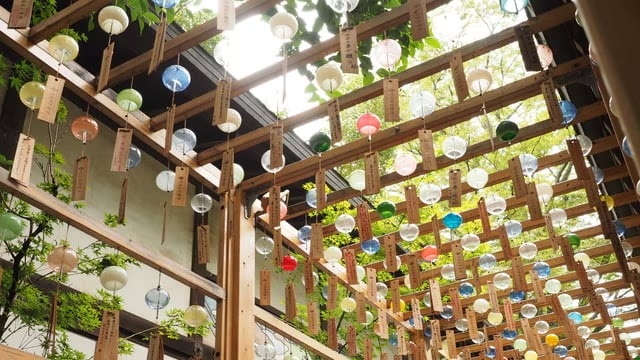
About a 10-minute walk north of Toki no Kane stands Kawagoe Hikawa Shrine. Said to be established around 1500 years ago during the Kofun period, it’s believed to be a branch of the Omiya Hikawa Shrine.
The shrine buildings are adorned with intricate carvings and were designated as a Saitama Prefecture cultural property in 1956.
Known for enshrining a married couple of deities, it is famous as a shrine for marital harmony and matchmaking. Legend has it that picking up a small stone from the grounds can bring good fortune in love. “Enmusubi-dama,” blessed charms offered by the priests, are especially popular.
During summer, the “Enmusubi Furin” festival decorates the shrine with around 2,000 Edo-style wind chimes, lit up at night—a signature summer sight in Kawagoe.
Seasonal events also abound, such as the randoseru (school bag) blessing ceremony in February and Takigi Noh performances in August.
Name: Kawagoe Hikawa Shrine
Address: 2-11-3 Miyashitacho, Kawagoe City, Saitama Prefecture
Official site: http://www.kawagoehikawa.jp/
3. Kawagoe Ichibangai (Main Street)

Near Toki no Kane is “Kawagoe Ichibangai,” arguably the heart of Kawagoe tourism. Here you’ll find a street lined with traditional fire-resistant warehouses—Kurazukuri—developed in the Edo period. Each building features unique architecture worth seeing.
Designated as an Important Preservation District for Groups of Traditional Buildings in 1999 and one of the “100 Historical Landscapes of Beautiful Japan” in 2007.
The oldest is the Osawa Residence, built in 1792, originally a fabric store. It survived the 1893 Kawagoe fire and is now a nationally designated Important Cultural Property.
Shops along Ichibangai include gourmet eateries, cafes, souvenir shops, and boutiques. It’s an ideal spot for strolling and snacking while exploring Kawagoe.
Name: Kawagoe Ichibangai
Address: Downtown Kawagoe City, Saitama Prefecture
Official site: https://kuradukuri.com/
4. Kita-in Temple
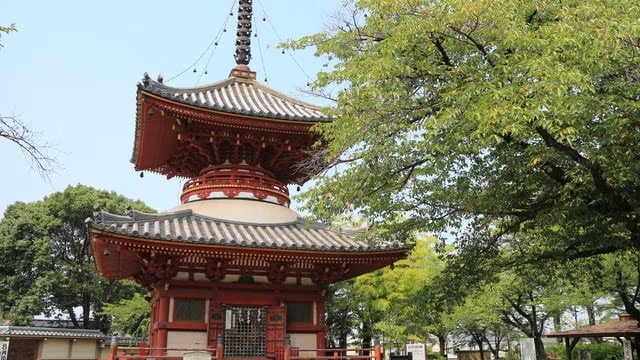
About a 15-minute walk southeast of Toki no Kane lies Kita-in, an ancient temple of the Tendai sect founded in 830 by the monk Jikaku Daishi. Its formal name is “Hoshinoyama Muryoujuji Kita-in” and it’s fondly called “Kawagoe Daishi.”
Much of the temple was destroyed in the 1638 fire and later reconstructed with structures relocated from Edo Castle, including rooms associated with Tokugawa Iemitsu and Kasuga-no-Tsubone. Many of its buildings are Important Cultural Properties.
The scenic temple grounds are beautiful year-round, especially during autumn foliage. Also notable is the “Gohyaku Rakan” – a collection of 500 unique stone statues with varied facial expressions that bring joy to visitors.
Name: Kita-in
Address: 1-20-1 Kosenbamachi, Kawagoe City, Saitama Prefecture
Official site: http://www.kawagoe.com/kitain/
5. Kashiya Yokocho (Candy Alley)
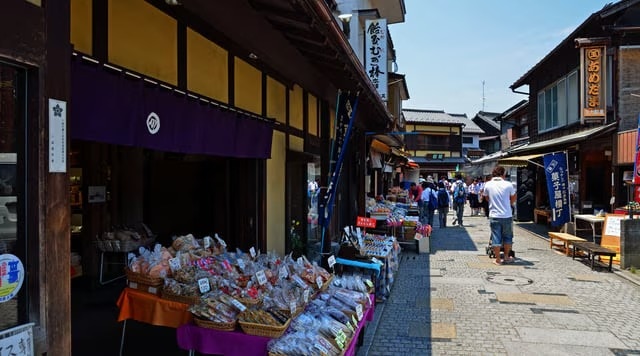
About a 3-minute walk northwest of Toki no Kane is “Kashiya Yokocho,” where roughly 20 traditional sweet shops line a cobblestone alley, evoking a nostalgic atmosphere. It's filled with old-fashioned treats like candy, karumeyaki (honeycomb toffee), and senbei (rice crackers). A delightful experience for both children and adults.
Candy making began here in the early Meiji period, and after the Great Kanto Earthquake, the area became a key supplier of sweets to Tokyo. At its peak, it had over 70 shops.
In 2001, the Ministry of Environment selected the alley as one of the “100 Fragrant Landscapes of Japan” due to the nostalgic candy aromas. It’s a must-visit while in Kawagoe.
Name: Kashiya Yokocho
Address: Motomachi 2-chome, Kawagoe City, Saitama Prefecture
Official site: http://www.koedo.or.jp/miru-asobu/115/
6. Kawagoe Festival
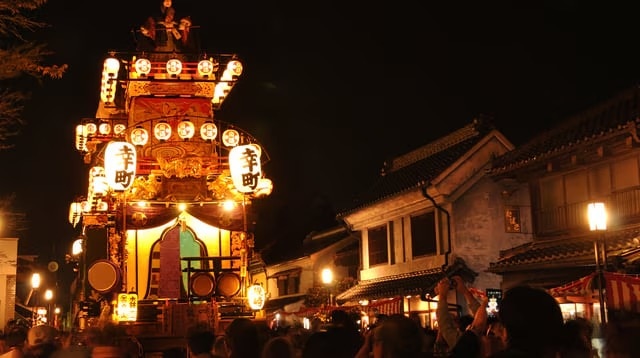
Held annually on the third Saturday and Sunday of October, the “Kawagoe Festival” is the grand festival of Kawagoe Hikawa Shrine. With a history of over 360 years, it's one of the three major festivals in the Kanto region and a nationally designated Important Intangible Folk Cultural Property. It was also inscribed on the UNESCO Intangible Cultural Heritage list in 2016.
Its highlight is the float parade inspired by the grandeur of Edo’s “Tenka Matsuri.” Gorgeous floats parade through the Kurazukuri streets. The dramatic float “face-offs” known as “Hikkawase” are thrilling, especially at night when the festival reaches its peak excitement.
Name: Kawagoe Festival
Address: Downtown Kawagoe City, Saitama Prefecture
Official site: http://www.kawagoematsuri.jp/index.html
7. Taisho Roman Yume-dori (Taisho Romantic Dream Street)
A 6-minute walk south of Toki no Kane brings you to “Taisho Roman Yume-dori,” a charming 200-meter street paved with stone and lined with Western-style buildings and vintage signage evoking the Taisho era. At the northern entrance is the Kawagoe Chamber of Commerce (former Bushu Bank Kawagoe branch) featuring a grand Doric colonnade.
Once the busiest shopping street in the prefecture during the Taisho–early Showa era, today it houses shops selling carefully selected souvenirs and specialty items.
Used as a filming location for TV dramas and commercials, it's perfect for a leisurely stroll through history.
Name: Taisho Roman Yume-dori
Address: Downtown Kawagoe City, Saitama Prefecture
Official site: http://www.koedo.com/
8. Koedo Kawagoe Spring Festival
Celebrate spring with “Koedo Kawagoe Spring Festival,” held from late March to early May. It heralds the arrival of spring in Kawagoe with a series of lively events.
During the festival, you can enjoy boat rides on the Shingashi River, fairs, tea ceremonies, and more across the city. Plum blossoms in Hatsukari Park, cherry blossoms along the Shingashi River, and weeping cherry trees at Kita-in—especially when lit up at night—make for highly photogenic sightseeing spots.
Be sure to check bloom forecasts before visiting!
Name: Koedo Kawagoe Spring Festival
Address: Renkeiji Temple, Ichibangai, Taisho Roman Yume-dori, Showa Street (Renjakucho to Nakacho intersection, Taimonzen Street), and more
Official site: http://www.city.kawagoe.saitama.jp/welcome/event/kanko12018031.html
9. Kawagoe Castle Honmaru Goten
Built in 1848 by then-lord Matsudaira Naritsune, the Honmaru Goten (Main Hall) of Kawagoe Castle is the only surviving structure of the once grand 17-building, 1025-tsubo castle complex, originally constructed in 1457. It is a designated cultural property of Saitama Prefecture.
Today, only the entrance hall, the great hall, and a restored retainer's office remain. Inside, you’ll find displays of historical furnishings and a model of the former Honmaru Goten. Also preserved are eleven painted sliding doors with tranquil scenes of pines, bamboo groves, and wild geese.
Name: Kawagoe Castle Honmaru Goten
Address: 2-13-1 Kuruwamachi, Kawagoe City, Saitama Prefecture
Official site: http://museum.city.kawagoe.saitama.jp/hommaru/
10. Koedo Kawagoe Fireworks Festival
Light up the summer night at the “Koedo Kawagoe Fireworks Festival,” held alternately at Appina Waterside Park in the west and Isanuma Park in the east of Kawagoe.
Around 5,000 fireworks are launched. Unique features include “message fireworks,” ignited after reading celebratory messages, and synchronized music fireworks.
Over 150 food stalls also pop up. Explore Kawagoe by day, and enjoy fireworks by night—an ideal way to wrap up your trip.
Name: Koedo Kawagoe Fireworks Festival
Address: Appina Waterside Park or Isanuma Park (alternating venues)
Official site: http://www.koedo.or.jp/event-info/
Summary
So, how did you like our selection of 10 must-visit tourist spots in Kawagoe? From its well-preserved Edo charm to its diverse festivals, Kawagoe has something for everyone—families, couples, and friend groups alike! Just a quick trip from central Tokyo, it’s the perfect destination for spontaneous getaways.
RELATED ARTICLES
REGIONS
CATEGORIES
FEATURED ON Saitama
-
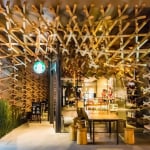
Top 10 Stylish Starbucks Stores in Japan – Scenic Views & Beautiful Designs!
-
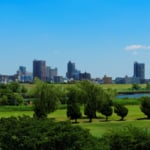
The gateway to Saitama: Kawaguchi City! 6 recommended tourist spots to visit with the family
-
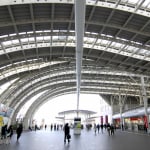
Saitama Shintoshin, now more convenient than ever, is full of unique souvenirs! Here are 5 recommended picks
-
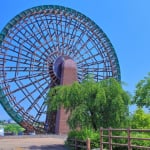
4 Recommended Souvenirs from Yorii Town, Saitama Prefecture
-
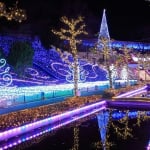
5 must-visit tourist spots in Saitama to enjoy even in the cold winter! Nordic forests and illuminations
MOST POPULAR ON Saitama
-
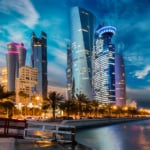 1
1Doha: Must-see Attractions in the Capital of Qatar
-
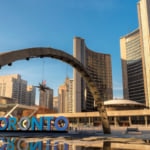 2
2Toronto: 10 Things to do in this Picturesque Canadian City
-
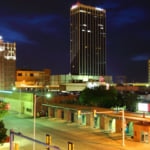 3
3Amarillo: A City Famous for It’s Amazing Canyons, Great History and Music
-
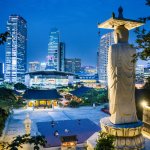 4
4South Korea: Dazzling Scenery, Rich Culture and Fascinating History
-
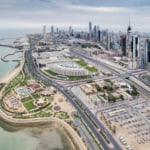 5
5Kuwait: A Country in Middle East Asia Famous for Hot Sand Dunes and Stunning Cityscape

